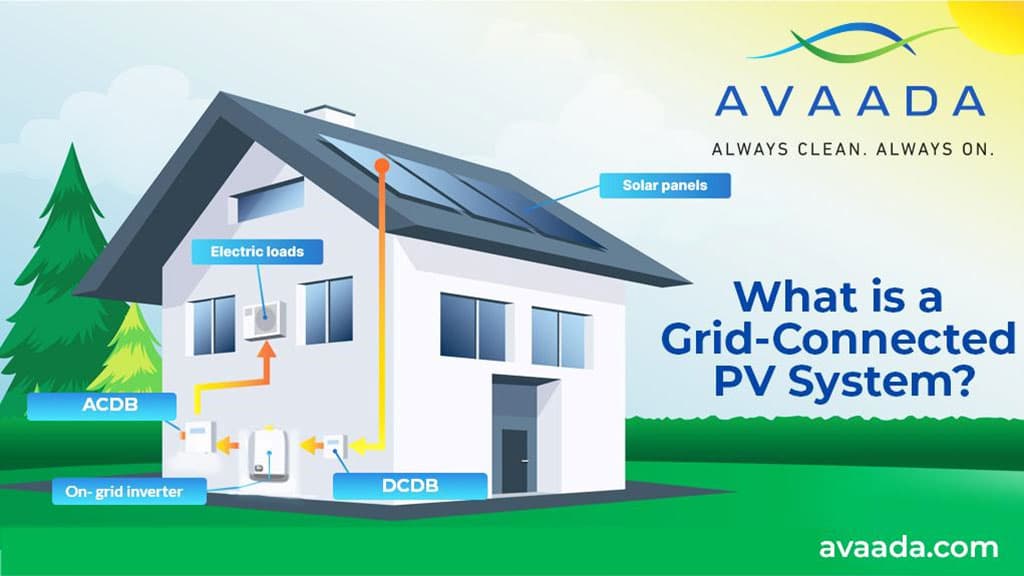Businesses and industries have realized the potential of solar power, leading to a notable increase in the recent past in the push for sustainable and renewable energy. Captive solar projects have become a viable alternative among the many solar power solutions available to companies seeking a dependable and environmentally friendly energy supply. Numerous advantages are provided by these initiatives, such as lower costs, energy security, and a smaller carbon footprint. This blog will explore the concept of captive solar projects, their advantages, and a recent notable development in this sector.
Understanding Captive Solar Projects
Solar power plants established by companies or industrial facilities primarily to meet their own energy needs are referred to as captive solar projects. Captive solar projects are made to produce electricity solely for the owner’s use, as opposed to conventional solar green energy solutions that sell power to the grid. By giving companies more control over their energy supply, this strategy guarantees consistency and predictability in their energy expenses.
Benefits of Captive Solar Projects
In a captive solar project, the customer purchases a solar power plant to be installed on their property or off-site, and they use the electricity produced for personal use.
For more information on PPAs, read our PPA blog.
This model has a number of benefits, such as:
Cost savings: Over time, captive solar power solutions can save a substantial amount of money on electric bills because their levelized cost of energy (LCOE) is frequently less than the rates of the current grid tariff.
Reliability: Captive solar projects offer a dependable power source that guarantees business continuity for industries that depend heavily on an uninterrupted supply of electricity.
Reduced carbon footprint: Customers using captive solar power solutions can considerably lower their carbon footprints and support environmental sustainability by producing renewable energy for their own usage.
Tax benefits: In some cases, users who own the solar power asset on their balance sheet may be eligible for tax benefits through accelerated depreciation.
The group captive model is a variation of the captive solar model in which a project is created for the combined use of several corporate purchasers. Under this model, the group of buyers consumes a minimum of 51% of the generated power and owns at least 26% of the plant.
Recent News and Innovations
Current events demonstrate how captive solar projects are becoming more and more popular in India. One of the top providers of renewable energy, Avaada, has raised Rs 315 crore to finance a captive solar project in Karnataka. With a 100 MW capacity, the project will help industrial consumers in the state lower their energy expenses and carbon footprint by supplying sustainable energy.
Karnataka, which has led India’s development of renewable energy, is seeing a rise in the use of captive solar installations, as evidenced by Avaada. The government has established regulations to promote the expansion of captive solar projects, such as the Karnataka Solar Policy 2014–2021, and has set ambitious targets for the production of renewable energy.
Conclusion
Captive solar projects are a forward-thinking solar green energy solution for industries looking to secure their energy future while promoting sustainability. They support contemporary business objectives by providing control, financial savings, and environmental advantages. The Karnataka project by Avaada is a shining example of how significant investments in captive solar installations may advance the energy transition.
The combined effect of additional businesses implementing this strategy will be substantial in terms of cutting carbon emissions and attaining energy independence. Businesses who invest in captive solar power not only secure their own energy supply, but also help create a more sustainable and environmentally friendly future for all.









